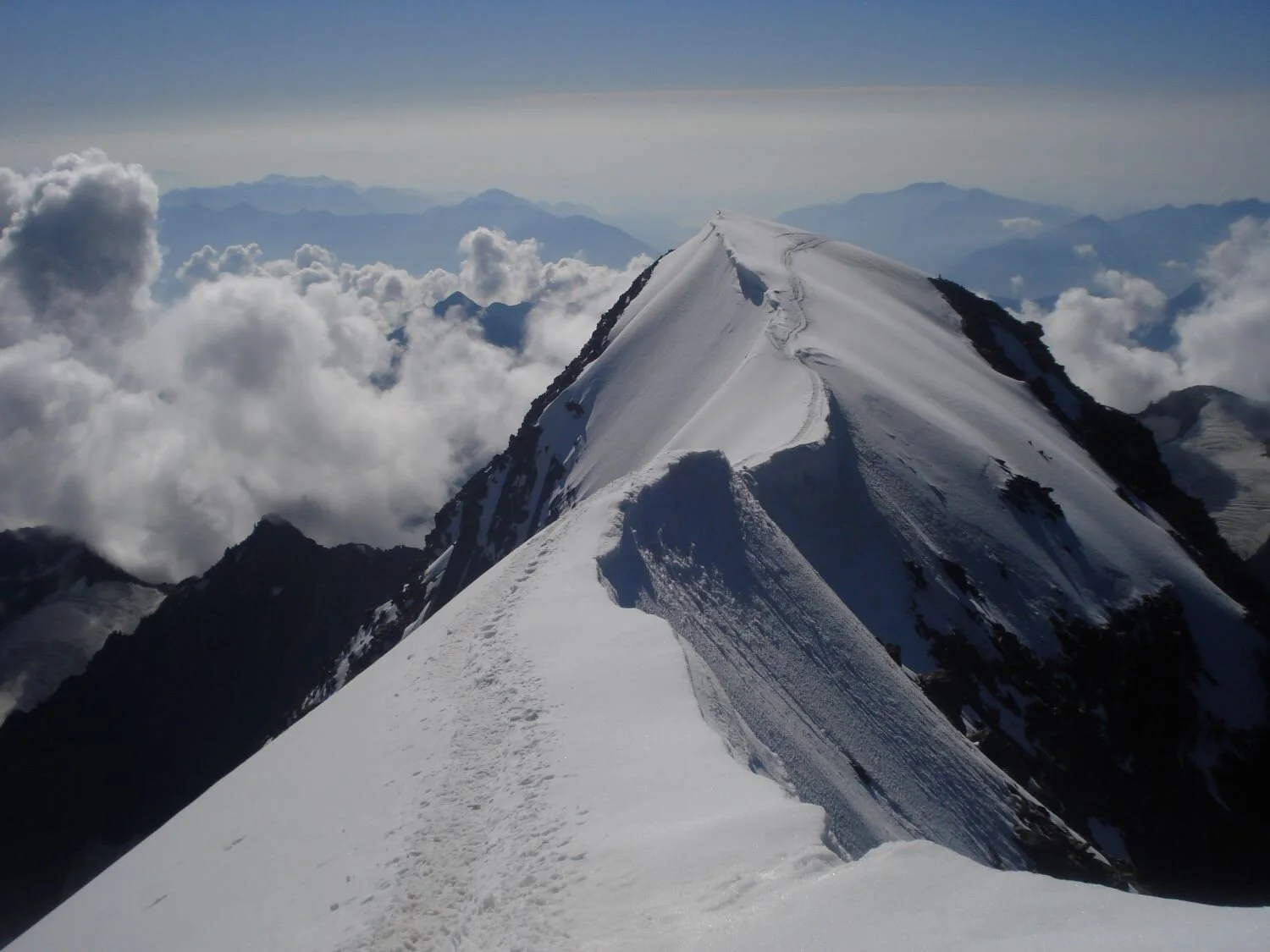A glacier is a constantly moving river of ice, with crevasses - gaps and cracks - that are always changing. Glaciers are formed where the accumulation of snow in the winter exceeds the rate of melting in the spring. They can be either dry, where the bare ice is visible, and so the crevasses are easy to see, or wet, where the ice is covered by snow and crevasses are hidden. Snow bridges form over the crevasses in the winter, and these begin to thin out when the warmer spring weather comes. Dry glaciers are much more straightforward to travel across because the hazards are obvious and easy to see, whereas wet glaciers are more problematic. In the high Alps you’ll often have to travel over glaciated terrain as part of your mountaineering day, and it is essential that you are well-prepared for it.
Read More







